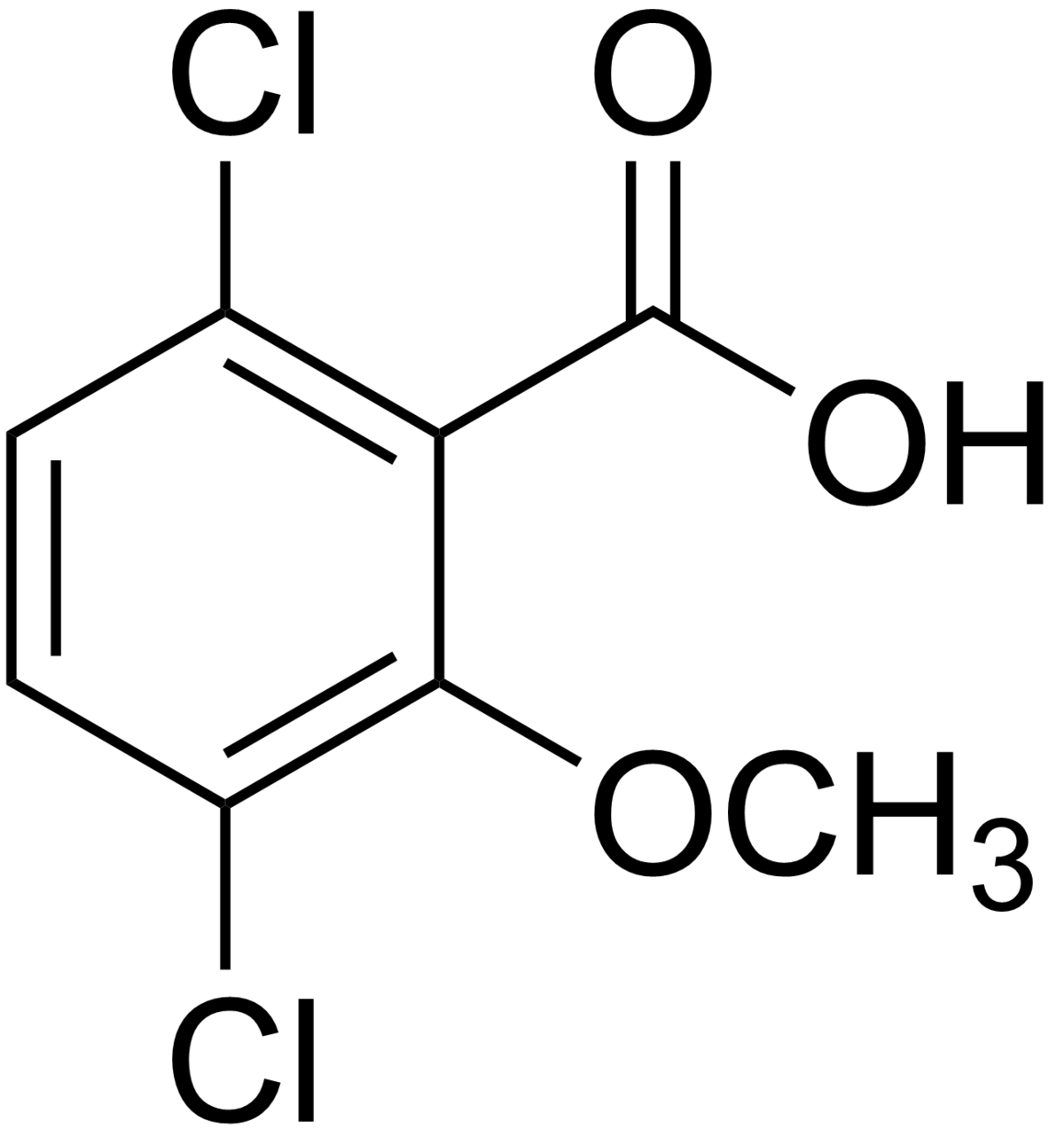Dicamba has been around for about 50 years, first registered in 1967. Originally made by Monsanto, (now owned by Bayer), with several formulations: dianat, metambane, banfel, banvel, banvel cst, banfel d, banfel xg, mediben, oracle, vanquish, diablo. It is intended to control broadleaf weeds, particularly pigweed.
An aside…Pigweed, known as Amaranthus, is an ancient grain. Three species are globally cultivated as an important food. It is used as a grain; the seeds are a good source of protein; a leafy vegetable and an ornamental plant (Prince’s feather). There are about 60 species of Amaranthus.
Dicamba use is restricted – one must have a license. Farmers, road-crews, (both commercial and non-commercial), must be educated in its “safe” use. It is designed to kill broad-leaf plants. 2-4-d, Round-up, Ortho, Bayer are also used on broadleaf plants. Dicamba is more economic, more effective and takes less of the product. Some plants are resistant and some not. It is heavily used for GMO soybeans.
Dicamba became a concern due to its tendency to vaporize from treated fields. As spring/summer temperatures rise, it vaporizes and spreads via “drift” (winds) to neighboring crops not meant to be treated. It can and has killed neighbor’s crops. Dicamba incidents on neighboring fields led to complaints from farmers and fines in some states. Some neighbors’ trees, peach and pecan orchards and wildflowers were killed. One of the largest honey producers in Arkansas has closed his business and left the state because of the loss of bees.
The environmental danger is the threat to our pollinators – bees, humming-birds, other insects that birds consume and non-gmo soybeans. Spraying such herbicides along highways kill many of the wildflowers planted along medians and roadsides.
Interestingly, before approval by EPA, Monsanto began offering a crop-resistant Dicamba herbicide that was less likely to affect neighboring fields. The lower volatility formulation was approved by EPA November 2016 and available in 2017, however, the product has not been evaluated by experts outside of Monsanto!
Arkansas status: EPA sets National rules. Arkansas Agriculture State Plant Board regulates application of herbicides to grains, pastures, cotton and soybeans.
In 2017 Arkansas and Missouri banned sale and use of Dicamba. Monsanto sued Arkansas to stop the ban. Lawsuit was dismissed in February 2018. Currently, there are restrictions during growing season – there was a temporary decision to an April 16 to October 31st cut-off for spraying Dicamba, supported by the environmental community and a large number of farmers harmed by use of Dicamba.
February 20th, the Arkansas Plant Board provided a hearing for public comment. There were more speakers against extending the cut-off date than farmers who stated that they needed an extension of time to spray. After about 9 hours of debate, the plant board voted to extend the cut-off date to May 24th, regardless of solid comments like, “use of Dicamba is chemical trespass” and “we are not addressing cumulative effects”. An Arkansas farmer was shot and killed in a dispute over Dicamba drift in 2017. A local farmer said that Dicamba is dividing the farming community. He is surprised that there has not been more violence.
“Farmers say they are facing a difficult choice: 1. Either buy the new genetically modified seeds or 2. Run the risk that their non-gmo soybeans would be damaged more by a neighbor’s spraying of weed killers than by the weeds themselves. Growing crops that are not modified is becoming impossible”, stated one farmer.
Dicamba in the Environment: In water, microbes and ultraviolet light can break down Dicamba. It breaks down in soil so that half of the original amount is gone in 30-60 days. Following application, Dicamba can volatilize and become airborne, depending on wind (drift) and damage or kill nearby plants.
It has been found in well water, typically at low levels and in house dust in farmers’ homes, also at low levels. There is evidence that Dicamba and Dicamba mixed with Glyphosate, is being transported to ground-water via run-off from treated fields. Given that our aquifers in the delta have been seriously drawn down, this becomes another threat to groundwater.
Human Health, Current consensus: Pure Dicamba is low in toxicity if breathed. Inhaled – may cause dizziness and irritation of the nose and coughing; skin irritations; Dicamba is moderately toxic if ingested – symptoms reported are vomiting, loss of appetite and muscle spasms; if large amount is ingested, diarrhea and abdominal pain reported. Long term and cumulative effects are unknown. Dicamba is not carcinogenic, according to the EPA.
Dicamba is not absorbed through the skin very well but when swallowed, it is quickly absorbed. The chemical is rapidly eliminated in the urine, mostly unchanged.
Pets exposed to Dicamba, via contact by eating treated plants or walking through a treated area, may have shortness of breath, muscle spasms and may produce abundant saliva. The usual recovery is about two days. Birds exposed to Dicamba by consuming Dicamba granules may display “wing drop”, loss of controlled movements and weakness. If eaten, salt forms of Dicamba are not likely to hurt birds. Acid forms are slightly or moderately toxic to birds. Cumulative impacts are unknown.
Fish are not likely to be harmed by Dicamba because of its low toxicity. Long term effects are unknown.
Standby – The Arkansas Legislature must approve Arkansas Plant Board regulatory decisions. A question has been raised about a possible Administrative error by the Arkansas Plant Board on the February 20th decision to extend the Dicamba spraying cut-off date to May 24th. The Arkansas Plant Board will meet with a Legislative Subcommittee Monday, February 25, and will be challenged.

